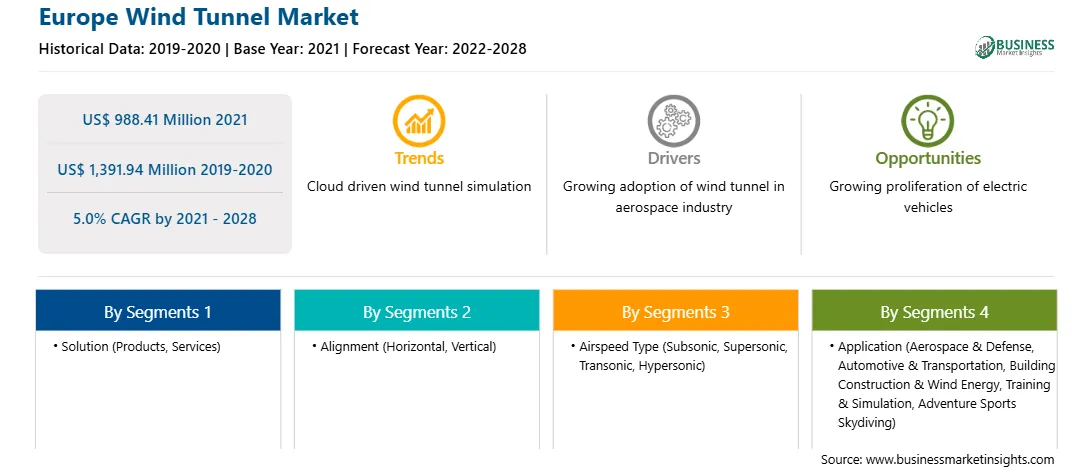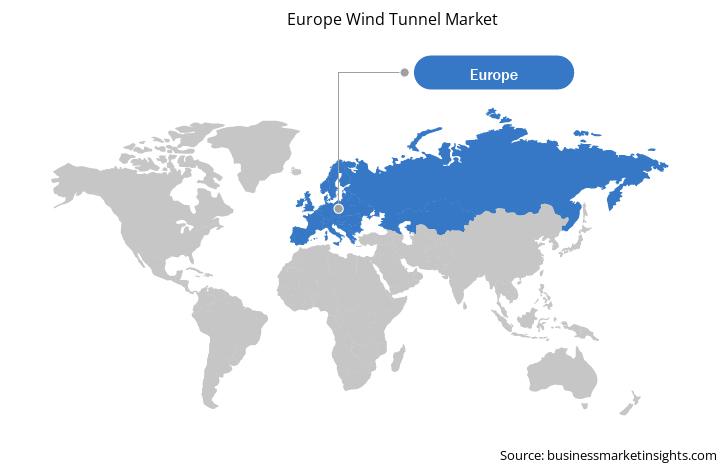The impact of wind force on man-made structures is crucial, especially in high-rise buildings with large surfaces exposed to wind, wherein the building's internal structure resists the resulting forces. Despite the increased adoption of computational fluid dynamics for structural testing because of faster computing, it is not considered suitable for routine usage in the structural designing of buildings, as its predictions need to be verified by experiments. Testing through a wind tunnel helps determine wind pressures on buildings, as it allows to take aerodynamic measurements simultaneously at numerous ports through current pressure measurement capabilities. Modern wind tunnels, rapid scanning equipment, and fast computers with large storage allow construction and design firms to simultaneously measure multiple pressure taps, facilitating the development of time domain-based methods of calculating the aerodynamics of the building. Moreover, evaluating the impact of wind force on high-rise buildings, factories, and bridges can help building designers construct a structure that efficiently withstands the effects of wind. The wind tunnel modeling is also being applied to analyze the exhaust gas dispersion patterns at hospitals, laboratories, and other emitting sources.
The growth of the Europe wind tunnel market is attributed to the rising demand for green buildings, which gained prominent support from government agencies and construction firms. The European Green Deal (EGD) launched by the European Commission (EU) in 2019 provided a list of policy initiatives that will align European countries with the net-zero Europe warming emissions target by 2050. The deal entails building and renovation, sustainable mobility biodiversity, eliminating pollution, and climate action, among other parameters. The commission also launched the EU renovation wave for the building sector to accelerate the energy-efficient renovation and enhance the environmental performance of ~220 million buildings. Therefore, the positive prospects of the green building market are boosting the wind tunnel market growth.
With the new features and technologies, vendors attract new customers and expand their footprints in emerging markets. This factor is driving the growth of Europe wind tunnel market and is expected to grow at a significant CAGR during the forecast period.
The Europe wind tunnel market is analyzed on the basis of solution, alignment, airspeed type, application, and country. Based on the solution, the market is bifurcated into services and products. The services segment is expected to continue its dominance during the forecast period. Wind tunnels' reduced operation & maintenance (O&M) costs and the easy availability of technical installation and maintenance drive the segment's growth. Based on alignment type, the market is bifurcated into horizontal and vertical segments. The horizontal segment accounted for a larger market share in 2020 and is expected to continue its dominance. Based on airspeed type, the market is segmented into subsonic, supersonic, transonic, and hypersonic. The subsonic segment held the largest market share in 2020. The rising demand for commercial aircraft and automotive testing services is the primary factor responsible for the growth of this segment. Based on application, the market is segmented into aerospace and defense, automotive and transportation, building construction and wind energy, training and simulation, adventure sports skydiving, and others. The aerospace and defense segment held the largest market share in 2020 and is expected to continue its dominance during the forecast period. The increased usage of wind tunnels for testing aircraft used for aerospace and defense applications is a major factor responsible for the segment's growth. Based on country, the market is segmented into France, Germany, Italy, the UK, Russia, and the rest of Europe. Furthermore, Aerolab; Aiolos; Boeing; ETW GmbH; Horiba Ltd; Lockheed Martin Corporation; Mahle GmbH; Mitsubishi Heavy Industries, Ltd; Rail Tec Arsenal; and RUAG are among the leading companies in the Europe wind tunnel market.
Strategic insights for the Europe Wind Tunnel provides data-driven analysis of the industry landscape, including current trends, key players, and regional nuances. These insights offer actionable recommendations, enabling readers to differentiate themselves from competitors by identifying untapped segments or developing unique value propositions. Leveraging data analytics, these insights help industry players anticipate the market shifts, whether investors, manufacturers, or other stakeholders. A future-oriented perspective is essential, helping stakeholders anticipate market shifts and position themselves for long-term success in this dynamic region. Ultimately, effective strategic insights empower readers to make informed decisions that drive profitability and achieve their business objectives within the market.

| Report Attribute | Details |
|---|---|
| Market size in 2021 | US$ 988.41 Million |
| Market Size by 2028 | US$ 1,391.94 Million |
| Global CAGR (2021 - 2028) | 5.0% |
| Historical Data | 2019-2020 |
| Forecast period | 2022-2028 |
| Segments Covered |
By Solution
|
| Regions and Countries Covered | Europe
|
| Market leaders and key company profiles |
The geographic scope of the Europe Wind Tunnel refers to the specific areas in which a business operates and competes. Understanding local distinctions, such as diverse consumer preferences (e.g., demand for specific plug types or battery backup durations), varying economic conditions, and regulatory environments, is crucial for tailoring strategies to specific markets. Businesses can expand their reach by identifying underserved areas or adapting their offerings to meet local demands. A clear market focus allows for more effective resource allocation, targeted marketing campaigns, and better positioning against local competitors, ultimately driving growth in those targeted areas.

The Europe Wind Tunnel Market is valued at US$ 988.41 Million in 2021, it is projected to reach US$ 1,391.94 Million by 2028.
As per our report Europe Wind Tunnel Market, the market size is valued at US$ 988.41 Million in 2021, projecting it to reach US$ 1,391.94 Million by 2028. This translates to a CAGR of approximately 5.0% during the forecast period.
The Europe Wind Tunnel Market report typically cover these key segments-
The historic period, base year, and forecast period can vary slightly depending on the specific market research report. However, for the Europe Wind Tunnel Market report:
The Europe Wind Tunnel Market is populated by several key players, each contributing to its growth and innovation. Some of the major players include:
The Europe Wind Tunnel Market report is valuable for diverse stakeholders, including:
Essentially, anyone involved in or considering involvement in the Europe Wind Tunnel Market value chain can benefit from the information contained in a comprehensive market report.